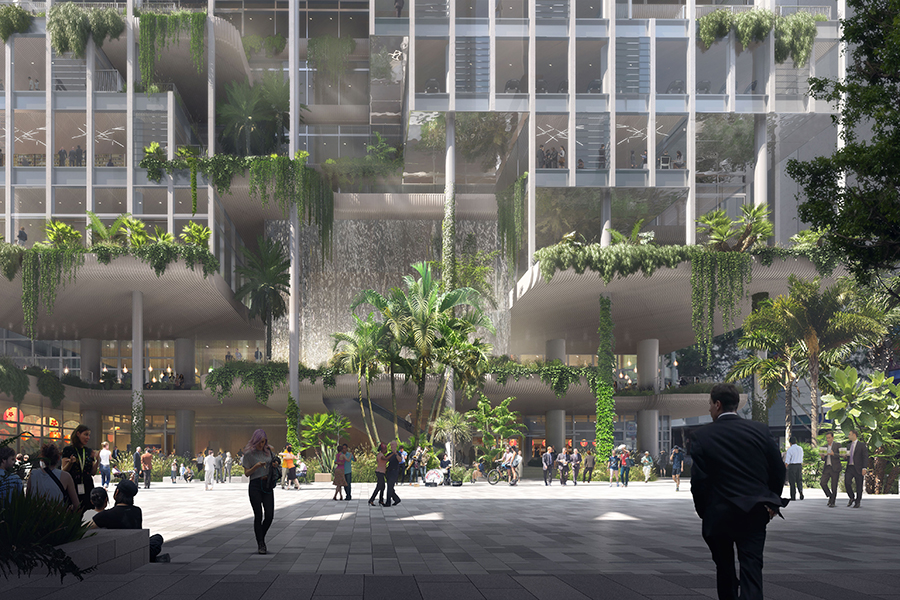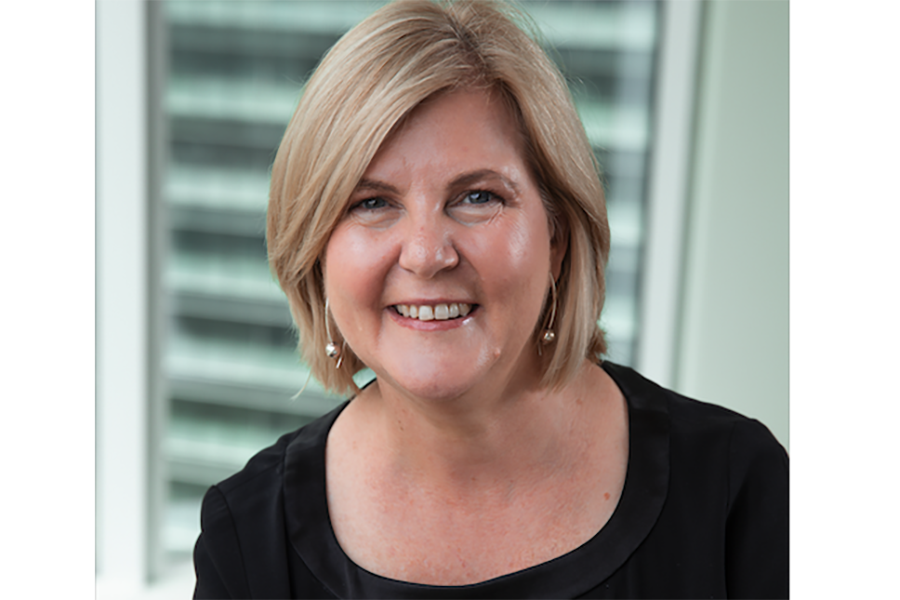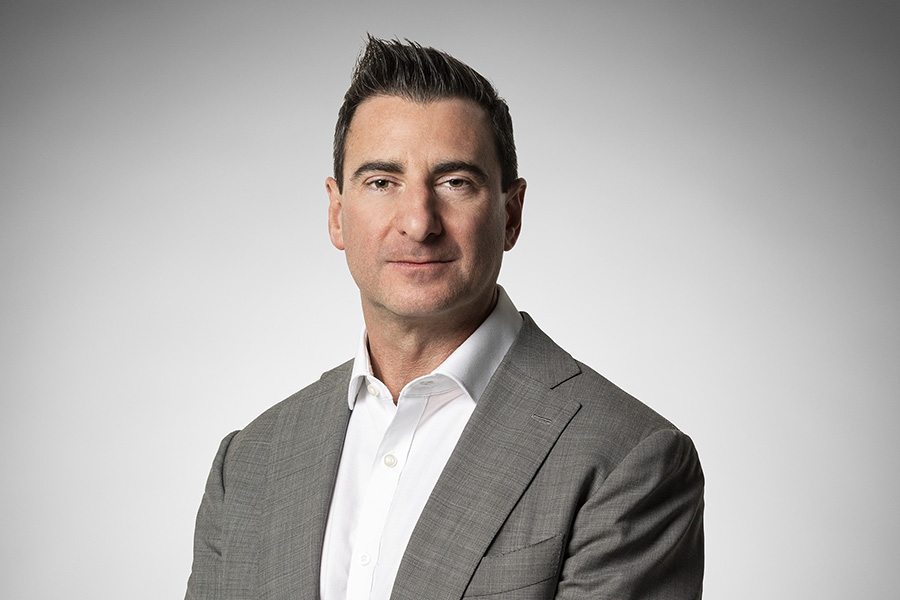This article by Michael O’Brien, Managing Director – QIC Real Estate, forms part of SCN’s annual CEO Outlook feature published in Big Guns 2024. Premium members can view the full digital magazine here.
The pace of change in 2023 was astounding, but not surprising. I know that these words will ring true for every brand, asset manager, landlord and investor in retail today, because while fashions fade, change is inevitable in our sector. At QIC, we believe that by actively managing retail assets we cannot only buffer the impact of change but embrace it to sustain investment performance and seize opportunities. And in this market? Landlords and retailers must be dynamic to thrive.
Our outlook for the forthcoming year is one of optimism. We retain a highly favourable view for quality Australian retail assets, especially mixed-use town centres and well-located convenience centres. Operational metrics of these quality assets are robust, with moving annual turnover at historic highs, very strong productivity and sustainable occupancy costs, and as valuations settle, we are seeing investors becoming more confident to act on new investment opportunities.
We expect the Australian market will begin to see domestic capital seek to realise liquidity or portfolio rebalancing that has not been achievable in recent years. In turn, offshore capital will seek attractive new investments in Australia, and by the end of 2024, the Australian market should begin to balance, as domestic capital is able to seek new local investment opportunities.

5 Bond Street Eastland – Artist’s impression
Macro-economic outlook
Australia’s economy slowed sharply during 2023, weighed down by the headwinds of rising interest rates, high inflation and a change in tax brackets. This left households in a weakened position, with real disposable income growth turning distinctly negative. However, due to the substantial household savings buffers (about $200 billion) built up during COVID, spending was somewhat sustained. It did slow to a crawl over 2023 though, with reduced discretionary spending offset by strong gains in population as net overseas migration surged by 518,000 in 2022/23. Nominal retail sales ended the year 0.8% higher, with price gains offsetting falling volumes.
Despite the weakness in consumer spending, other areas of the economy, such as exports, government spending and investment, have been holding up better. This has meant that GDP will record growth of about 1.9% in 2023, which is sufficiently below trend to allow the labour market to ease gradually. Inflation has also slowed quickly, from 7.8% at the end of 2022 to 4.1% at the end of 2023, so, in our view, the RBA has likely reached its peak in this hiking cycle with the official cash rate at 4.35%.
While the first half of 2024 is likely to see continued weakness, we don’t expect a recession and are optimistic about the prospects for a gradual recovery starting in the second half of this year. While slowing, population growth will remain above trend and continue to put a floor under spending. In addition, the governments revised stage 3 tax cuts are likely to come into effect in July, which will provide a much-needed boost to incomes and spending. The easing in pricing pressures also mean inflation will become less of a drag on incomes and will increase the probability of rate cuts from the RBA later this year. As long as the gradual adjustment in the labour market can continue over 2024 as we expect, nominal and real income growth will improve in the second half of 2024, resulting in an improved performance in retail sales.

Merrifield City – Artist’s impression
Calculating the impact of our Town Centre Strategy
We continue to have immense conviction in our town centre model, delivering places where our communities can shop, eat, meet, and also play, work, live and learn. We know that by incorporating a broader mix of uses within our retail assets, we unlock ‘nexus value’. This term describes the new unique workers, residents and visitors that visit our town centre destinations where they would ordinarily be spread across several competitor market shares, therefore increasing traffic and sales within the retail core. We have long been incorporating nexus value into our measures of performance, but now we are able to go one step further.
During the past decade we have been carefully recording and analysing how our town centre strategy plays out in the real world. Foot traffic and spend data confirms that residents, office workers, students and hotel guests based within the immediate vicinity of our town centre destinations are our most productive retail customers. As common sense as this sounds, it in fact points to the need for a recalibration of our industry’s default method of forecasting suburban retail demand based purely on the resident population of the broader trade area while obscuring the value of customer segments such as office workers who commute into the area.
A pilot study we conducted across two QIC flagship town centres last year found that customers from the ‘hyperlocal catchment’ (ie. those who spend significant time within the town centre precinct, irrespective of their home address) have a higher spending capacity than the wider resident catchment. The new calculation method has increased the accuracy of demand measurement on our piloted assets and unlocked otherwise invisible demand and value. This year, we are rolling out the study to two more centres to refine this more nuanced system for projecting sales growth, and ultimately asset value. We look forward to sharing the results with the industry as we finalise the studies.

101 Albert Street – Artist’s Impression
Executing on our development pipeline
One of the major developments occupying our team this year is the ‘vertical village’ we will build at 101 Albert Street in Brisbane as part of our remit to deliver four above-ground precincts for the Cross River Rail project. Driven by user experience, we are layering 39 storeys of prime office on to a sophisticated retail, hospitality and urban green space offer that will enrich daily life for the tens of thousands of rail passengers expected to pass through the station when it opens. Since obtaining development approval in November 2023, and with the 2032 Brisbane Olympics firmly in sight, we have accelerated work behind the scenes on this momentous regeneration project.
Further along the rail line, we are advancing plans for a globally significant translational life science, health and education precinct at Boggo Road. In further establishing this nexus for industry, academia, government and healthcare, we hope to catalyse significant economic activity for the state including unique opportunities for a range of retail, hospitality and service operators.
Preliminary planning is underway for the Gold Coast Athlete’s Village at Robina Town Centre. As the eyes of the world turn toward our home turf, we are working closely with all levels of government to progress the design and delivery of accommodation for approximately 2,600 athletes and officials during the 2032 Olympic and Paralympic Games, which will be converted to 500+ permanent dwellings following the Games. We are also exploring the synergistic potential of residential development at Robina Town Centre in a joint venture with Cedar Woods Properties. First announced in 2022, this partnership will see the staged delivery of 400 build-to-sell apartments and townhouses added to the fringe of Robina Town Centre. Design is progressing for the project, with a development application likely to be lodged by mid-2024.
As always, we have been busy advancing our town centre development pipeline. We welcomed some terrific new additions and remixes at Watergardens (VIC), Westpoint (NSW) and Canberra Centre (ACT) in 2023, and this year we plan to deliver a new mixed-use building and swim school at Merrifield City (VIC) and a second commercial tower at Eastland (VIC).
We remain focused on being a valued contributor to Australia’s retail landscape, which we do by creating places valued by the communities we operate in and in partnership with our retailers.






















